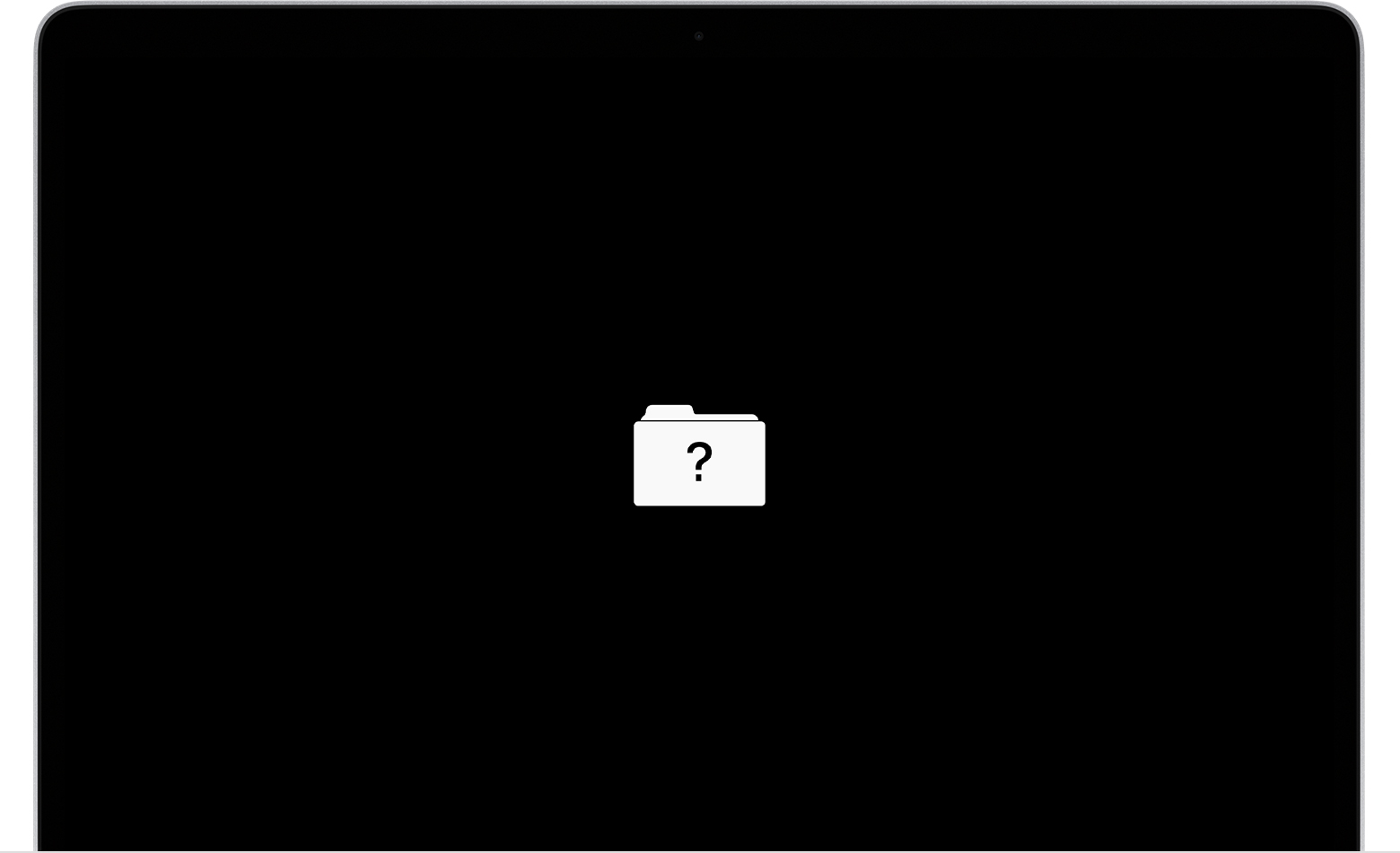Suspected trojan
Sys Prefs on 2019 macbook air wanted a restart to install an update. Restarted. Got flashy questionmark folder. Also can't connect to my router to reinstall os!!! Was happily on internet b4 restart. Something is very wrong with this.
I am suspecting a trojan because a few weeks ago I got an email from "apple support". I now hover over email addresses to see the real address!! I didn't then and got a page saying some now forgotten bollox.
I immediately deleted all browsing history & cookies. When I tried going back into my email on the macbook air, it wouldn't let me in. On my imac I changed my e-mail password and for good measure, deleted cookies & history on my imac's browser, too.
All went well on the macbook air until now. Is it likely this could have allowed a bogus system update to show in system prefs? It seems too much of a coincidence. That and the fact that my macbook air is now locked out of my router, even within one metre of it, just adds to my suspicions.
Any thoughts?
Thanks in advance!
MacBook Air 13", macOS 10.15
